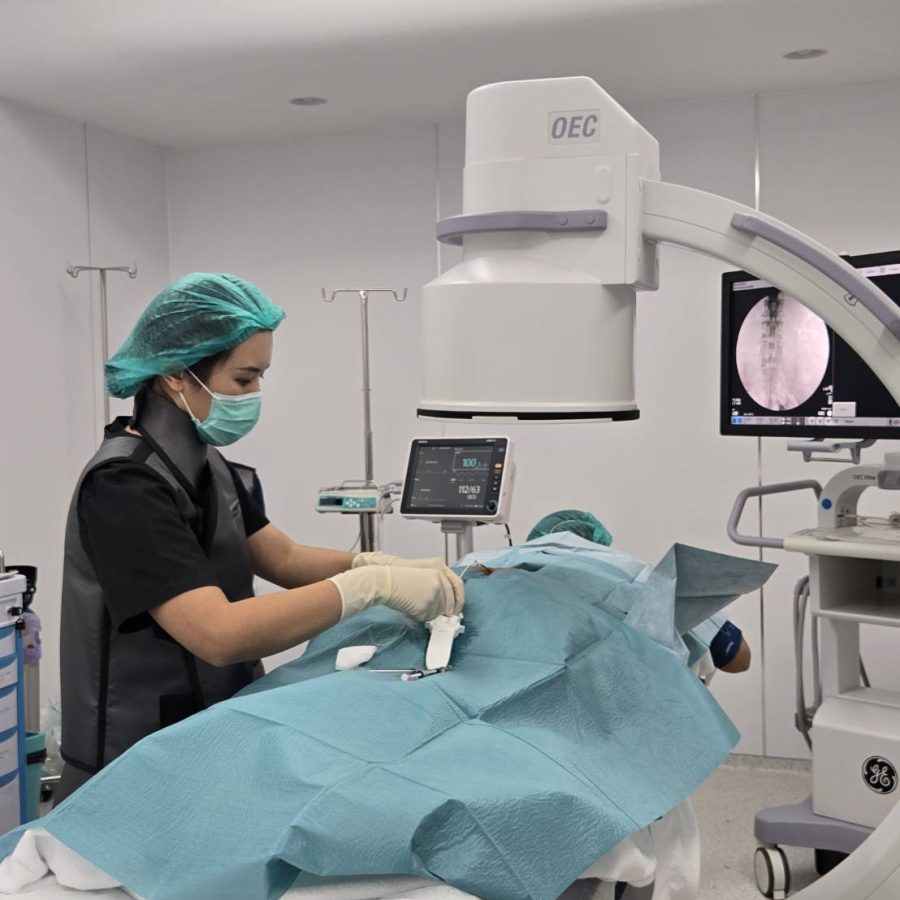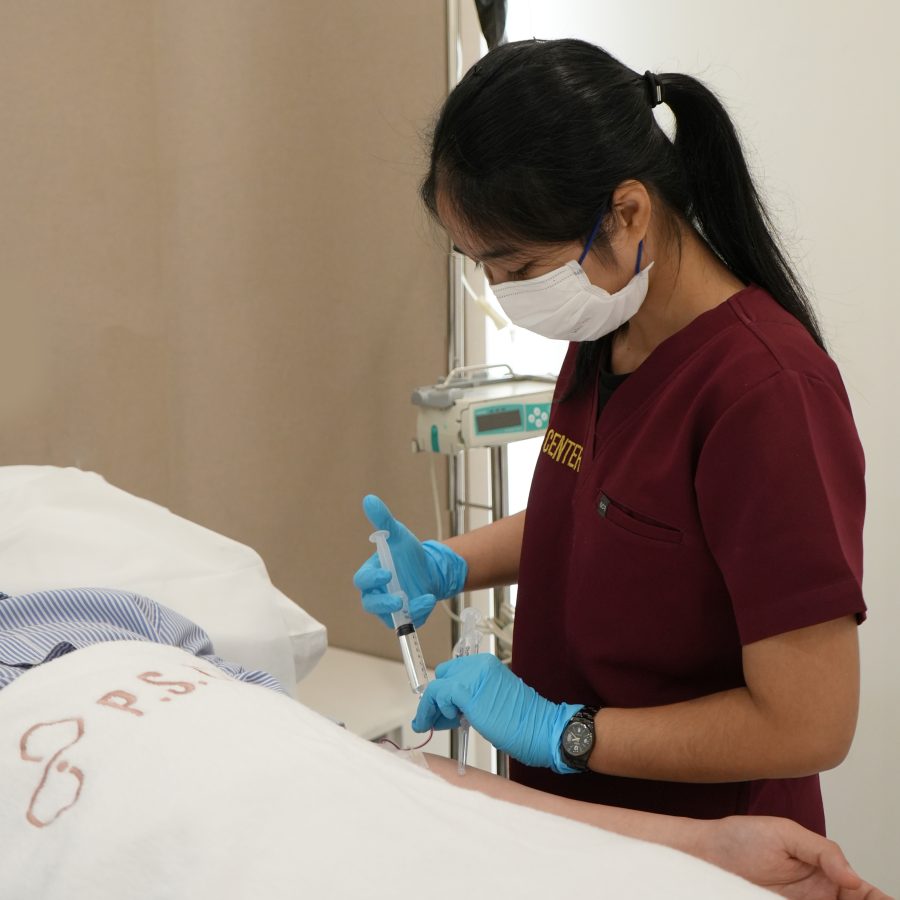If you are suffering from upper abdominal pain from cancer, splanchnic nerve neurolysis might be the solution you’re looking for. Here’s what you need to know.
What Is Splanchnic Nerve Neurolysis?
Splanchnic nerve neurolysis is a minimally invasive procedure designed to help manage cancer-related abdominal pain, especially in cases like pancreatic cancer. By targeting the splanchnic nerves responsible for transmitting pain signals from abdominal organs, the procedure can block these signals, providing long-lasting relief and reducing the need for strong pain medications like morphine.
Who Can Benefit from Splanchnic Nerve Neurolysis?
Splanchnic nerve neurolysis is particularly beneficial for chronic abdominal pain from
- Pancreatic cancer
- Lower esophageal cancer
- Gastro-intestinal cancer
- Liver cancer
These cancers often cause severe, persistent pain in the abdomen due to the involvement of abdominal organs, making traditional pain management difficult and less effective.
What Is the Procedure?
The procedure involves using X-ray guidance, to precisely locate the splanchnic nerves. A needle is then inserted through the skin into the targeted area, and alcohol is injected. This blocks the pain signals sent by the splanchnic nerves, offering relief from chronic abdominal pain.
How Long Does the Procedure Take?
The procedure typically takes 30-45 minutes and is performed on an outpatient basis. You will be awake during the procedure, although you may be given mild sedation to help you relax.
What Happens During the Procedure?
- You will lie on your stomach.
- The area around the injection site will be cleaned and numbed with a local anesthetic.
- The doctor will use X-ray guidance to locate the splanchnic nerves.
- A needle will be inserted, and the neurolytic agent will be injected. You may feel a mild sensation or pressure during the procedure.
What Results Can You Expect?
Patients typically experience significant pain relief within a few days of the procedure. The relief can last for 2-6 months. The procedure helps reduce the need for pain medications and improves overall quality of life. Results vary depending on the underlying condition and the individual’s response.
What Should You Do After the Procedure?
- Rest for the day, and avoid strenuous activities.
- You may experience mild soreness or bruising at the injection site, which should resolve quickly.
- Follow up with your doctor to monitor progress and discuss additional treatments if necessary.
Compiled by;Rarinthorn Choomsai Na Ayuthaya, M.D. Interventional Pain Specialist
Contact us to learn more or to schedule a consultation.
Tel: 02-125-3959, 098-195-0991







